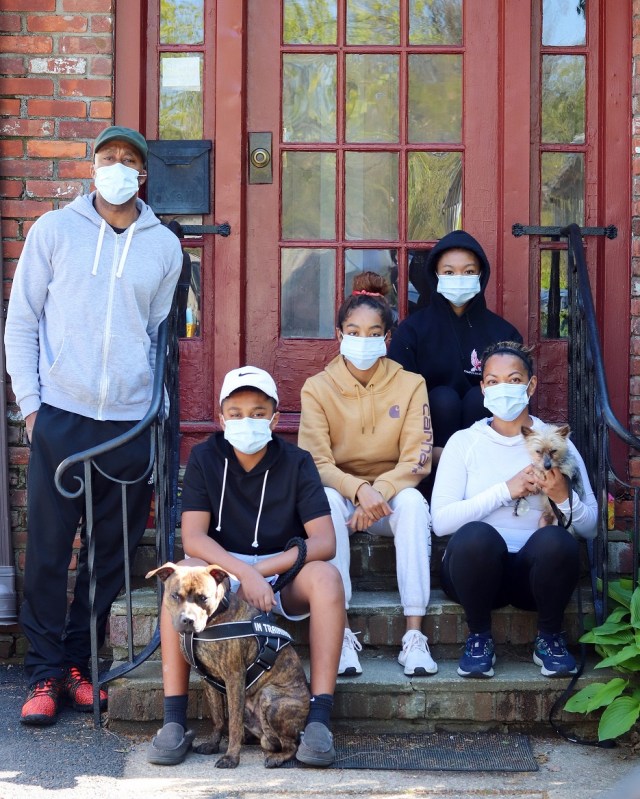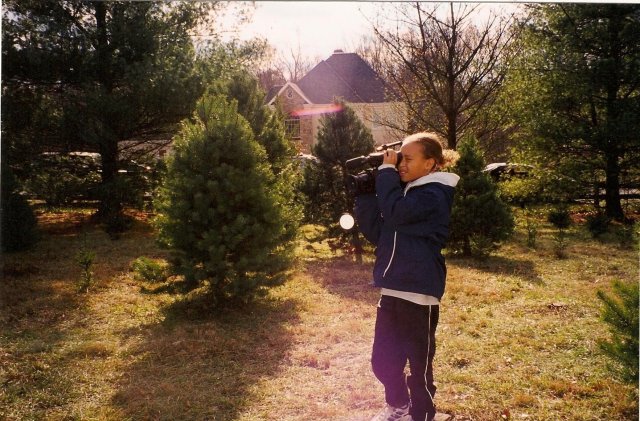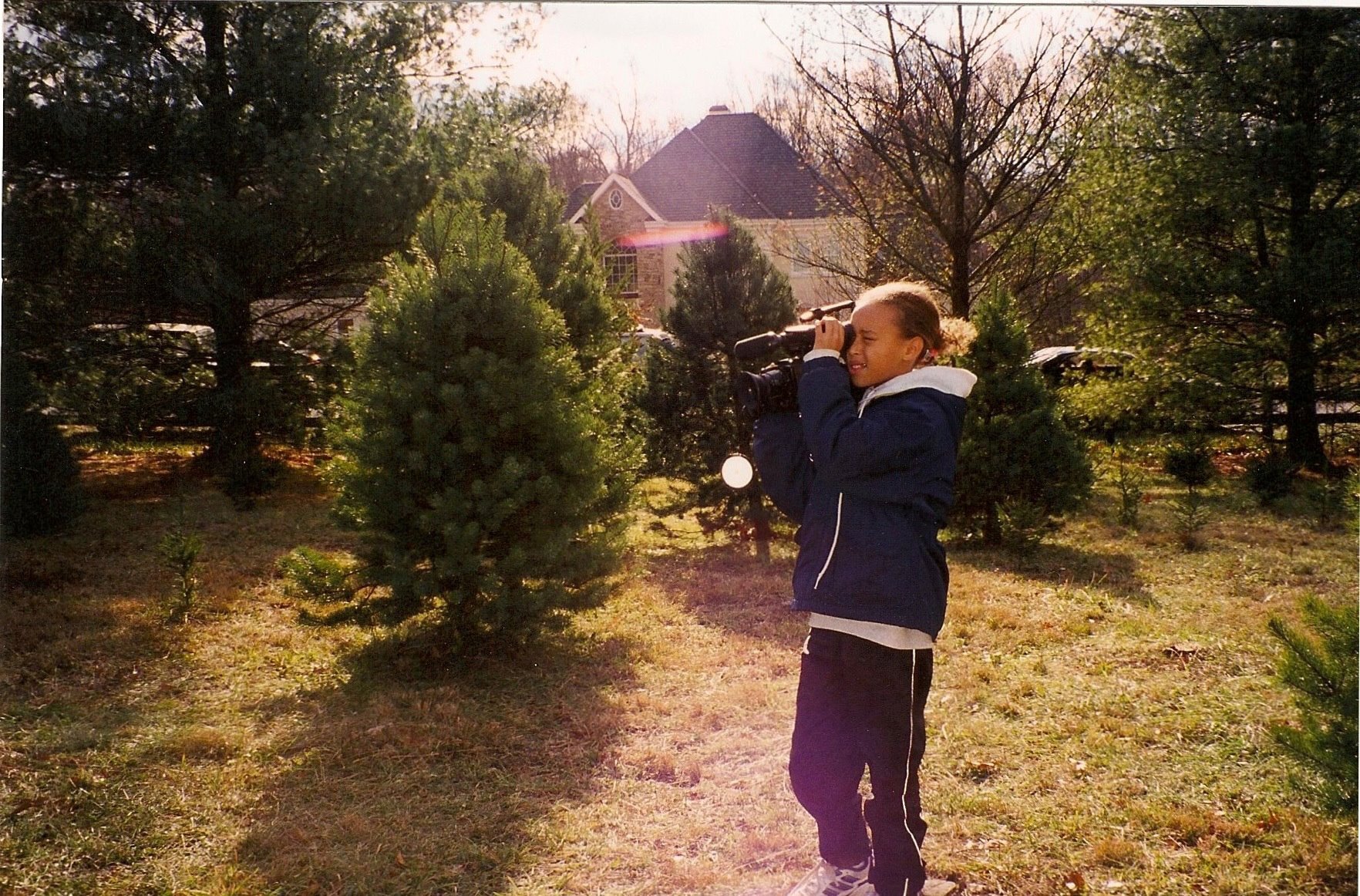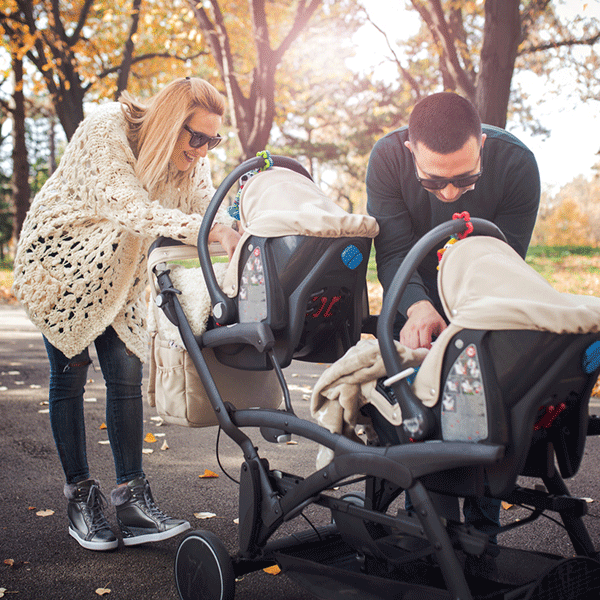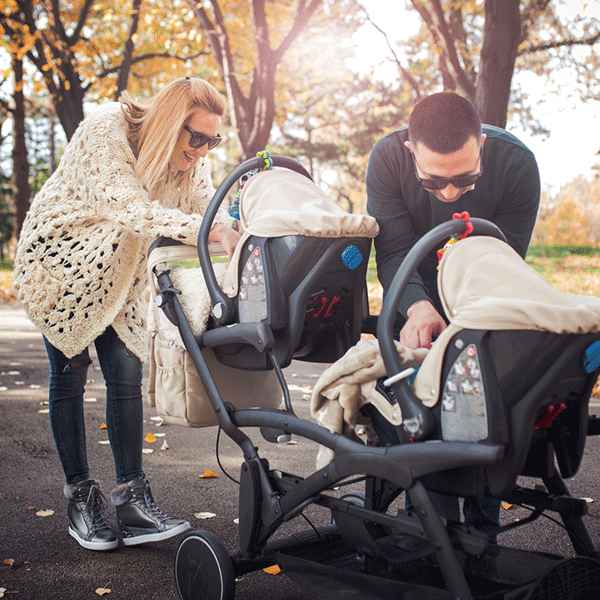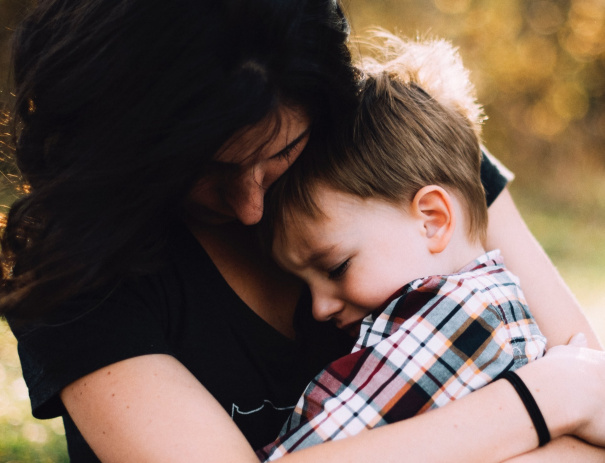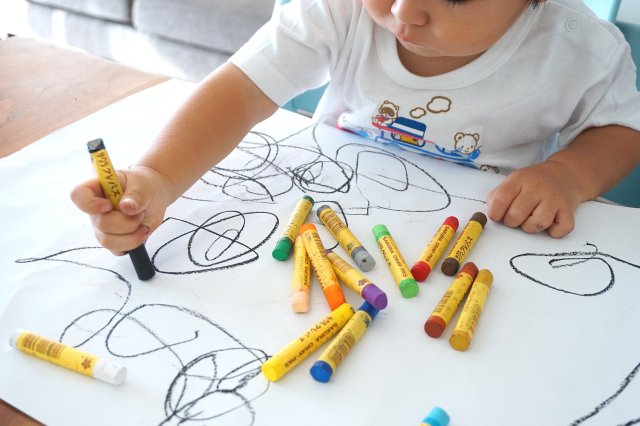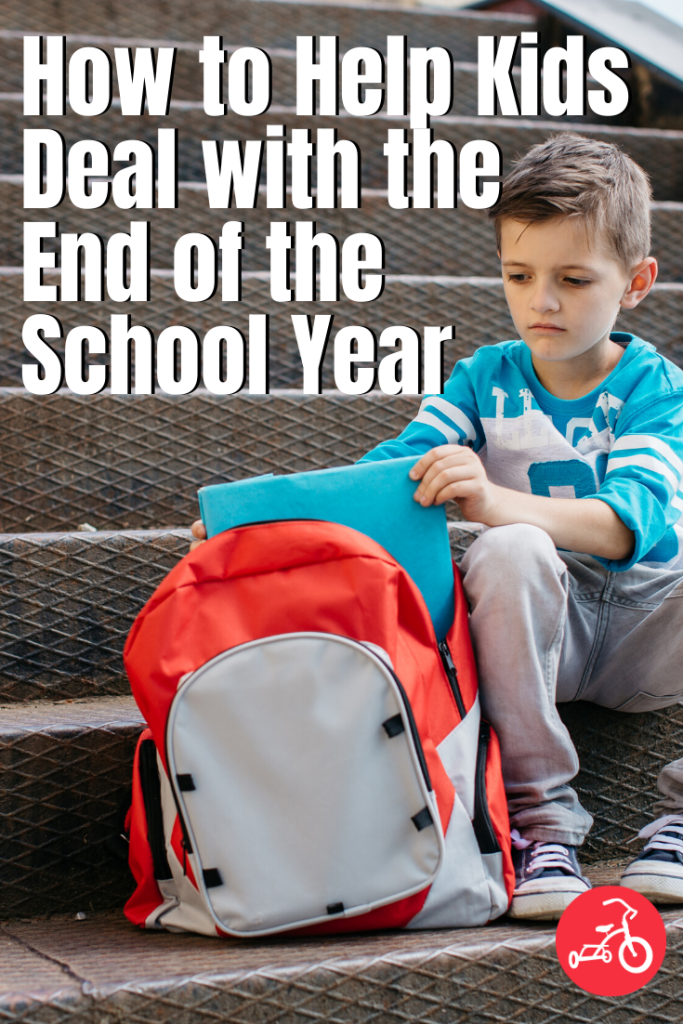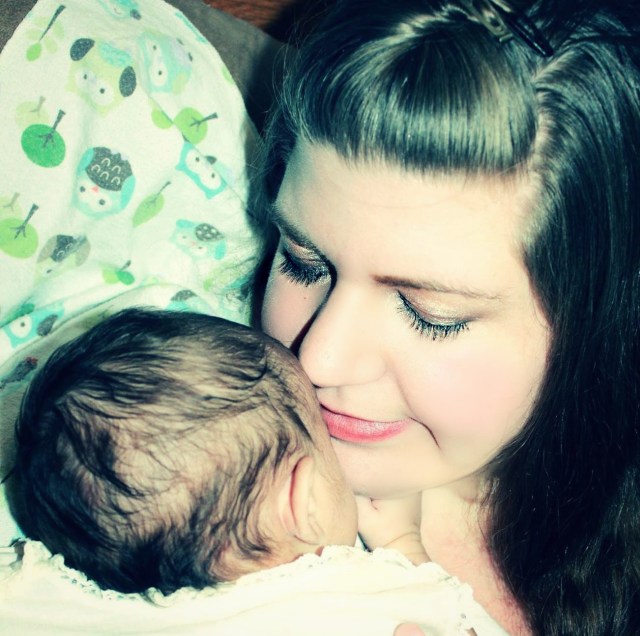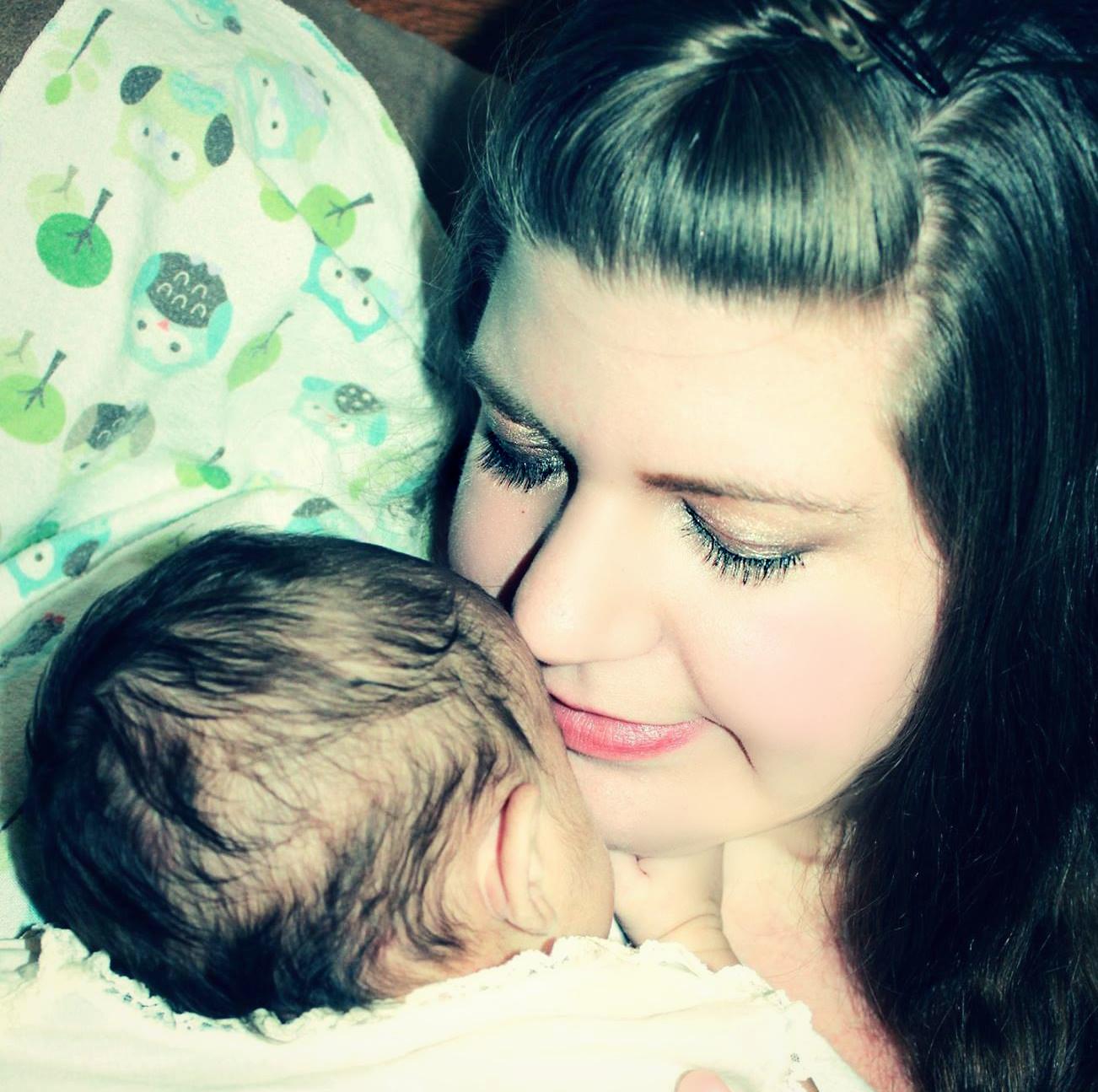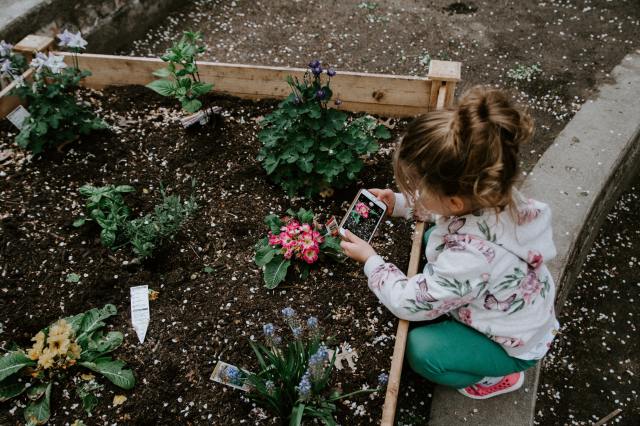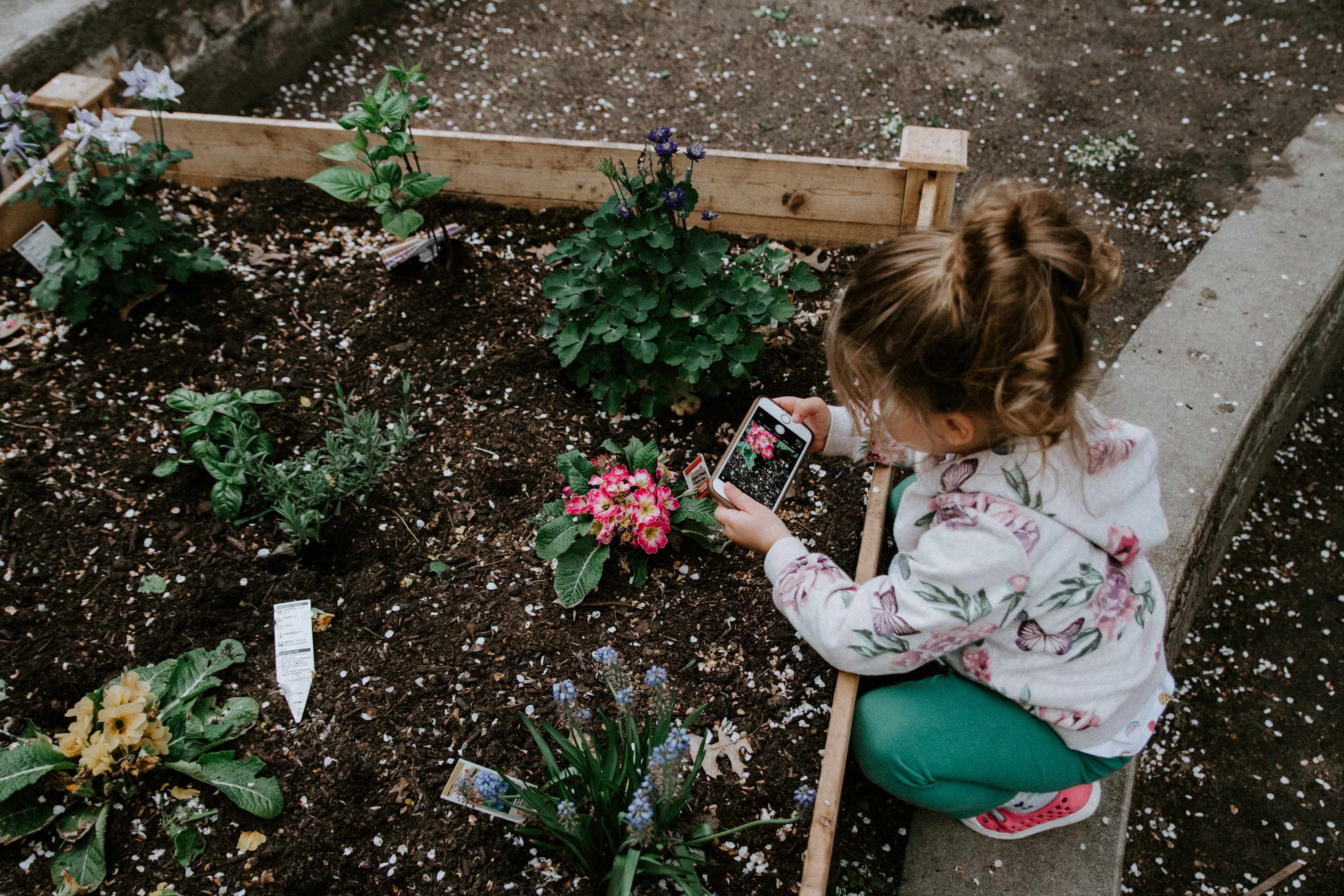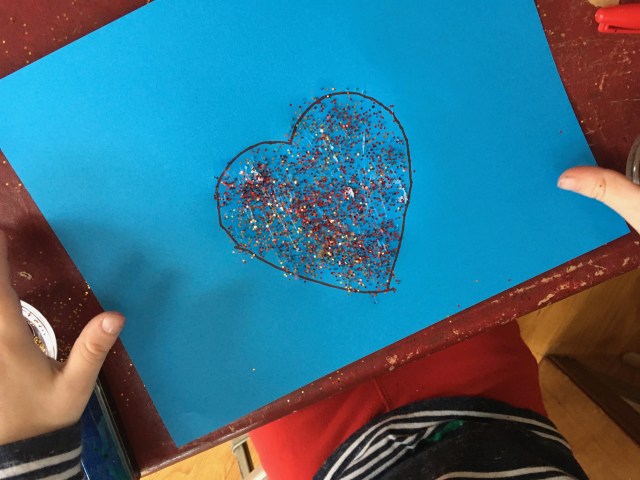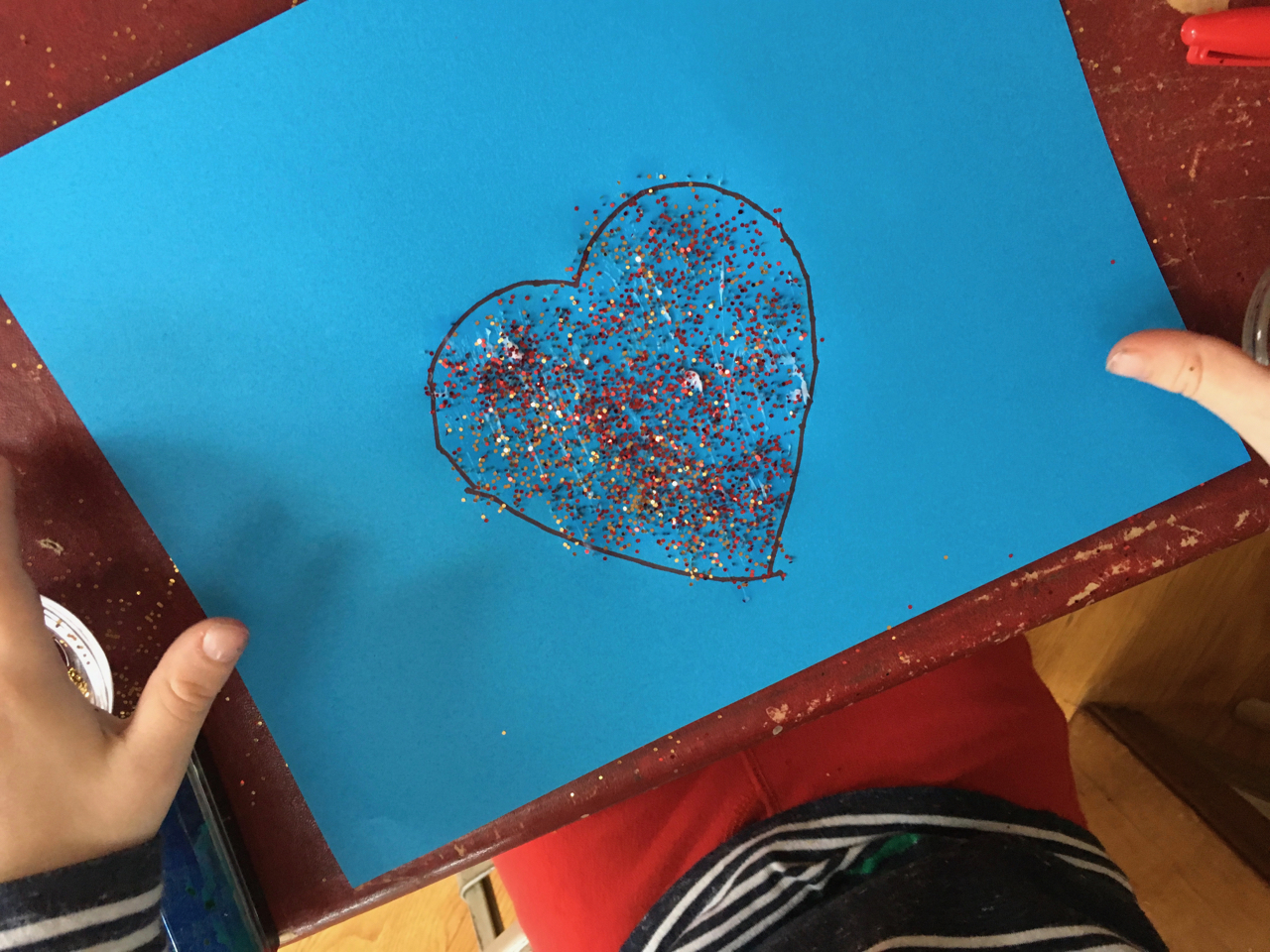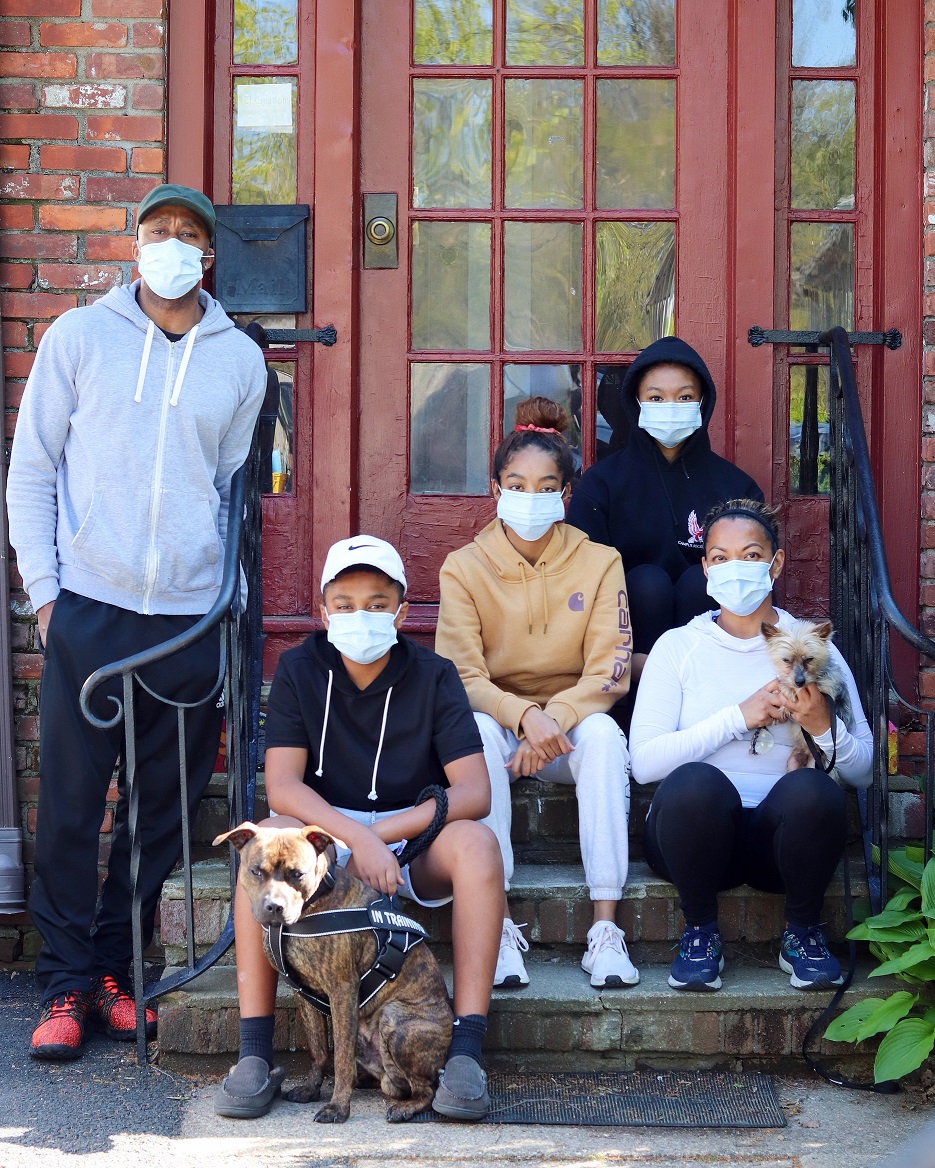
Let’s play a little Jeopardy, shall we? The answer, for $500: “Being cooped up for six months with no social gatherings, wearing masks everywhere we go, working from home but still losing income, terrifying nightly news reports every day of the week, and confusing opinions about how school should look this fall”. Ding! “What are some of the situations that are leading to greater conflict in our families during COVID, Alex?” Correct! $500 pretend dollars for the exhausted-looking person reading this article!
Chances are you know exactly what I’m talking about. Not only is there still great fear about the virus in general, but people are on edge about the economy, our jobs, our kids’ schooling, loneliness and disconnection in our extended families and communities, and more. And this viral crisis shows no signs of ending anytime soon. As a therapist, I can tell you it’s leading to heightened conflict in homes across America. How do we better manage the stress, frustration, anger, and disappointment so that we can keep distress in our families to a minimum? Here are five top tips for handling conflict during COVID.
1. Listen: When you are not in agreement with someone important to you, listen to and validate the other person’s point of view. This is the best first step. It’s disarming for people when they feel truly heard, especially when two people have very different beliefs or feelings on an issue. You don’t have to agree with someone to reiterate their point back to them in an attempt to show you are listening and you understand where they are coming from. Start here.
2. Try and find common ground: Emphasize anything that is similar or that you can agree upon. This can lead to a faster resolution and better compromise. You maybe want something done differently or at a different pace, but usually what we all want in the end is similar: peace, order, harmony, progress, healing, chocolate, and naps. Look for areas where you can reach an agreement.
3. Let it go: Sometimes it isn’t worth the fight. Remember: people do not have to agree. Ultimately we need to learn to let go of control of others. We should seek to be kind and respectful above being right/winning. Not every fight is one you can let slide… but perhaps you can change your tone or approach in a disagreement to lower the level of conflict with people you love.
4. Become a proficient apologizer: When you do mess up and things get heated or you’ve been unkind, don’t hesitate to apologize. When you ask for forgiveness for your behavior or words, all it means is that you are acknowledging that you did something hurtful, not that you are a bad or weak person. The healthiest people apologize easily (it takes lots of practice to get there) because they see nothing wrong with admitting they may have done something hurtful to someone else. An “I’m sorry” can go a long way in times of conflict, and it’s a great example to set for others around us who may struggle with this basic relationship skill. Be generous with repair attempts. It ultimately will pave the way for greater peace in our most important relationships.
5. Practice self-care: Work on emotional management and de-stressing outside of times of conflict. Find ways to process your emotions and create healthy outlets for your stress. Take care of yourself physically, mentally, emotionally, and spiritually so that you can be as balanced as possible when conflict does arise. Work on healthy food choices for optimal health, improve sleep hygiene and routine, and move your body with a simple exercise like walking. Get outside. Play with your pet. Find a few minutes alone each day. Meditate, journal, or create a spiritual practice. Recognize when you need a break from other people, and make it happen. Go for a drive. Sit in the sun for a few minutes. Even a few minutes of self-care daily can help us create the internal peace we need to stay calm when conflict does arise.
Most of all, cut yourself and others around you some slack. This is unprecedented. People are struggling. This is hard. There is great uncertainty. We are all just taking it day by day. In times as stressful as this, we know that incidents of conflict are going to rise—it’s inevitable. We can’t change that fact, but we can be prepared with strategies like the ones suggested above to help smooth over the struggles brought upon by the unprecedented difficulties we are all living through at this time. We can do this, Friends. For our families, and with our families, we can do this.
